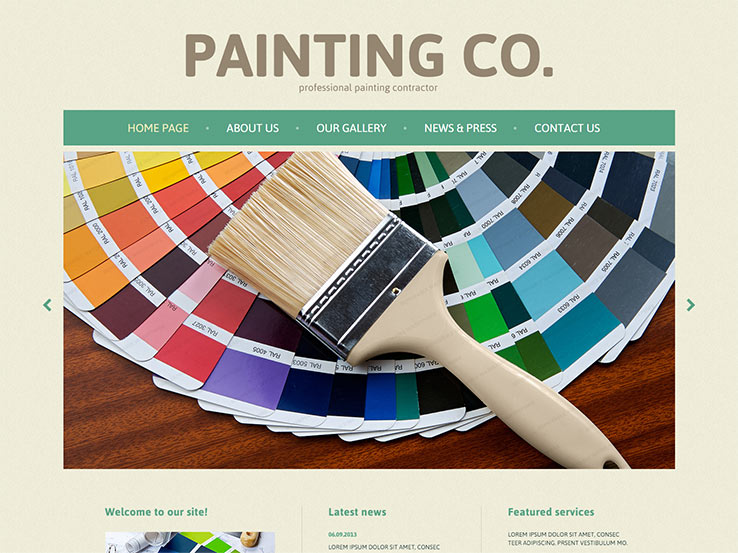Recognizing Seasonal Influences On Commercial Outside Paint: Vital Knowledge For Success
Recognizing Seasonal Influences On Commercial Outside Paint: Vital Knowledge For Success
Blog Article
Write-Up Developed By-Ford Rodriquez
When you're intending an industrial exterior paint task, seasonal factors can make or break your outcomes. You'll wish to take into consideration exactly how temperature and humidity effect paint application and drying out times. Selecting the right period can ensure your paint adheres properly and lasts longer. Yet which seasons are really the best for this type of work? Allow's discover the crucial elements that can influence your project's success.
The Impact of Temperature Level on Paint Application
When you're intending a commercial external paint task, the temperature can significantly influence exactly how well the paint adheres and dries out.
Preferably, you intend to paint when temperature levels range in between 50 ° F and 85 ° F. If it's as well cold, the paint might not heal properly, leading to issues like peeling or cracking.
On the other side, if it's too warm, the paint can dry out also rapidly, avoiding appropriate adhesion and leading to an irregular coating.
You must also think about the moment of day; early morning or late afternoon provides cooler temperatures, which can be more favorable.
Constantly examine the producer's referrals for the certain paint you're using, as they usually offer advice on the excellent temperature level variety for optimum outcomes.
Humidity and Its Impact on Drying Times
Temperature isn't the only ecological aspect that influences your commercial external paint task; humidity plays a significant role also. High moisture degrees can reduce drying out times considerably, influencing the general top quality of your paint work.
When the air is saturated with moisture, the paint takes longer to heal, which can result in problems like inadequate attachment and a higher threat of mildew growth. If you're repainting on a specifically humid day, be planned for extended delay times in between coats.
It's essential to keep track of local weather conditions and plan accordingly. Preferably, go for moisture degrees in between 40% and 70% for optimum drying.
Maintaining https://www.bhg.com.au/painting-tips-for-red-green-grey-and-blue consider mind guarantees your job remains on track and supplies a long-term finish.
Best Seasons for Commercial Exterior Painting Projects
What's the most effective time of year for your business external paint projects?
Springtime and very early autumn are normally your best bets. Throughout these periods, temperatures are light, and humidity levels are typically reduced, producing optimal conditions for paint application and drying out.
Stay house painters denver of summer's intense heat, which can trigger paint to completely dry too rapidly, leading to bad bond and surface. Likewise, exterior painting near me can impede appropriate drying and healing, taking the chance of the long life of your paint work.
Aim for days with temperature levels in between 50 ° F and 85 ° F for ideal outcomes. Keep in mind to examine the regional weather prediction for rain, as damp conditions can destroy your task.
Preparation around these factors ensures your paint task runs efficiently and lasts longer.
Conclusion
Finally, preparing your business outside painting projects around seasonal factors to consider can make a substantial distinction in the end result. By scheduling job throughout the optimal temperatures and humidity degrees, you'll ensure much better adhesion and drying out times. Bear in mind to keep an eye on regional weather prediction and pick the correct time of year-- spring and early loss are your best options. Taking these actions will certainly aid you attain a sturdy and specialist finish that lasts.
